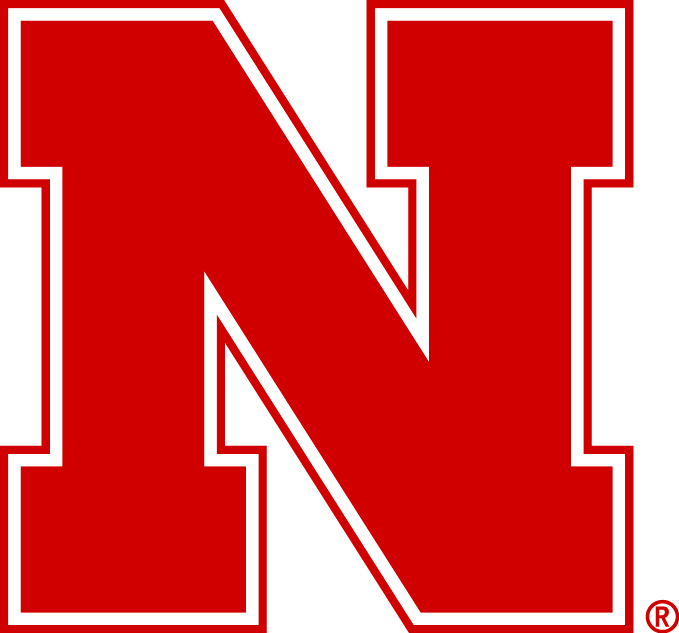Part 1: The Founding of Nebraska’s Land-Grant University
by Gabe Bruguier, July 30, 2024
In this research moment, I’ll be discussing the introduction of a new service offering by the Research Partnerships Department—Reparative Research Practices—against the background of UNL’s land-grant legacy. This undertaking proved to be too lengthy to cover in a short blog post, so I will be breaking it up into installments.
On July 2, 1862, President Abraham Lincoln signed into law the Morrill Land Grant College Act (Morrill Act). The Morrill Act granted federal land to states, to endow a college within the state, “where the leading object shall be, without excluding other scientific and classical studies, and including military tactics, to teach such branches of learning as are related to agriculture and the mechanic arts…in order to promote the liberal and practical education of the industrial classes in the several pursuits and professions in life.”[i]
This month we commemorate the passing of the Morrill Act, and the role it has played in the development of our fledgling, frontier state. To learn more about the legislative and historical process, please explore the Archives and Special Collections project, “An Endowment for Education: Nebraska & the Morrill Act 1862-1890.” And to learn more about UNL’s centennial celebration of the Morrill Act, see The Nebraska Alumnus, Vol. 58, January 1962, No. 1.
At the time of the Morrill Act’s passing, Nebraska was still a territory, disorganized and at the brink of fracturing off into alternative territorial configurations. The idea of founding an institution of higher learning was yet absurd. In 1864 the Nebraska Enabling Act was passed, permitting the people of Nebraska to draft a constitution and organize a state government for entry into the Union. By 1866, as a special constitutional committee was drawing up a state constitution, some territorial delegates had recognized the potential of the Morrill Act to hasten development of the nascent state, and provisions were included to charter a state university.[ii] At the first state legislature, on February 15, 1869, the legislature unanimously approved a bill containing the university charter. Governor David Butler signed the bill later that same day, and the University of Nebraska was established. Classes commenced in the Fall Session of 1871. That fall, 130 students matriculated—110 were enrolled in the Latin School, the preparatory academy for the university, and 20 in regular college course work.[iii] Click here to view the First Session Register and Catalogue (1871-1872). And click here to view the Inauguration Day program and read Allen Benton’s, the first chancellor, inaugural address, delivered on September 6, 1871.
The first faculty was comprised of clergymen; the majority of them were active ministers. In the early years of the university, the educational model was that of older colleges—recitational from a small number of classical works and textbooks. George Howard, of the class of 1876 and later a prominent faculty member, said of the early faculty, “Not one was of transcendent ability. Most of them were persons of strong character and high ideals. The dominant conservatism of the group was a real safeguard in undertaking the then bold experiment of determining the methods, planning the curriculum, and starting the traditions of a secular, a public, University for a pioneer society.”[iv] Early faculty were tasked with preparing the first generation of professionals—primarily teachers—for the state. They were not expected to publish research, and a graduate school was many years off.[v]
In the next installment, I’ll critically discuss the intellectual life of the university once it had achieved “university” status.
[i] National Archives. “Morrill Act (1862),” August 16, 2021. https://www.archives.gov/milestone-documents/morrill-act.
[ii] Robert Knoll observes, “The impetus for chartering the University was federal offer of free land. Nebraska could claim 30,000 acres for each of its congressional representatives, to a total of 90,000 acres. Upon becoming a state in 1867, it had received under the Enabling Act of 1864, 46,080 additional acres for the support of a university. The total endowment for the University was thus 136,080 acres.” Robert Knoll, A Prairie University: A History of the University of Nebraska (Lincoln: University of Nebraska Press, 1995), 2.
[iii] Robert Manley, A Centennial History of the University of Nebraska: I. Frontier University (1869-1919) (Lincoln: University of Nebraska Press, 1969),29.
[iv] Quoted in Robert Knoll, A Prairie University, 7.
[v] For more information on the early days of the university see Knoll, A Prairie University, 1-25; Manley, A Centennial History, 33-68; and Semi-Centennial Anniversary Book: The University of Nebraska, 1969-1919, ed. Unknown (Lincoln: University of Nebraska Press, 1919).
